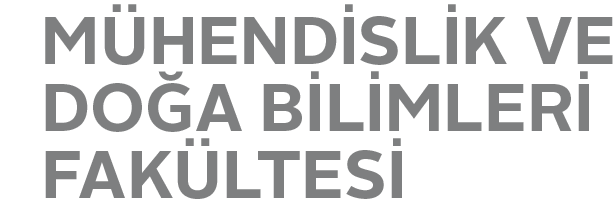MAPPING INTRACELLULAR IMMUNE RESPONSES AGAINST LENTIVIRAL VECTORS IN NATURAL KILLER CELLS USING
GENOME SCALE CRISPR-KNOCKOUT
Aydan Saraç
Molecular Biology, Genetics and Bioengineering, MSc Thesis, 2017
Thesis Jury
Prof. Batu Erman, Asst. Prof. Tolga Sütlü, (Thesis Advisor),
Asst. Prof. Saliha Durmuş
Date & Time: 27/07/2017 & 10 AM
Place: FENS 2019
Keywords : NK Cells, lentiviral vectors, antiviral immunity, GeCKO library, CRISPR, NGS
Abstract
The use of genetically modified cells for therapeutic purposes is an increasing trend that shows great promise. The major hurdle in genetic modification of human cells is the delivery of the gene-of-interest into the cell. Currently, viral vectors are most commonly used for ex vivo genetic modification of human cells but there’s very little information about the intracellular immune response pathways triggered by viral vector entry.
With the help of advancing next generation sequencing technologies, genome-wide loss-of-function screens have the capacity to produce crucial data to enlighten several unknowns and characterize function of genes comprehensively. The CRISPR/Cas9 system was recently adapted into genome-wide screens and shows great potential in characterizing complex phenotypes. In this study, we used the efficient and high throughput genome editing ability of CRISPR/Cas9 system to discover NK cell resistance mechanisms to lentiviral gene delivery. NK cells are part of innate immune system that act as a first line of defense against viruses. Using NK cells as an immunotherapy agent is not a new idea but genetic modification of NK cells using lentiviral vectors is a very tough task due to its fully armed nature against viral agents. In order to reveal which antiviral pathways become triggered in NK cells during viral vector entry to the cell, we used Genome-scale CRISPR Knock-Out Libraries(GecKO). Using a controlled experiment setup; we were able to identify several pathways that block virus entry as well as mechanisms that are used by lentiviral vectors to manipulate host cells.
Mapping these pathways is the first step in the venture of overcoming the intracellular defense mechanisms against gene delivery vectors. Identification and manipulation of these pathways could lead to a dramatically increased delivery rate of the transgene, making gene therapy protocols safer and more effective. This may have broad technical applications in order to improve the efficiency of genetic modification of a wide variety of cell types.

